Venedig, Daniel ben Karniel Bomberg, (1524). Bd. I (von 4). Fol. 234 Bl. Blindgepr. Schweinsldr. des 17. Jhdts. über Holzdeckeln mit 6 (von 8) Eckbeschlägen und Schließe (die zweite Schließe defekt, oberes Kapital beschäd., Rücken mit Papieretikett mit dem Titel und Signaturschild, dieses weitgehend abgeschabt, tls. stärker berieben). (128)
Erster Band der editio princeps der Rabbinerbibel mit der Masora. – Steinschneider 52. ADB XLVII, 96. Darlow/Moule 5085: "The second Biblia Rabbinica , and the first edition to present the Massora." Heller, The sixteenth century Hebrew book, 168-169. – "Second Rabbinic Bible ( Mikra’ot Gedolot ) printed by Daniel Bomberg. This edition, the editio princeps of the Rabbinic Bible with the Masorah (the vowel symbols and liturgical, diacritical notations), is the basis of subsequent editions of the Bible. The work was begun almost ten years after the previous Rabbinic Bible and at the time that Bomberg’s ten-year monopoly was about to expire. The entire work is in four volumes, each with its own individual title page, excepting the first volume, which has the title page for the entire work. That page has an architectural frame with the phrase at top, ‘[the entrance of the] New Gate of the Lord[‘s house]’ (Jeremiah 26:10), and the verses ‘Length of days is in her right hand; and in her left hand riches and honor. Her ways are ways of pleasantness, and all her paths are peace. She is a tree of life to those who lay hold on her; and happy is every one who holds her fast’ (Proverbs 3:16-18) around the text. The text details the contents of the entire work. The title page is followed by forty-two lines of verse in praise of the work by R. Joseph ben Samuel Zarfati, perhaps one of the correctors, and then the lengthy introduction of Jacob ben Hayyim ben Isaac ibn Adonijah, the editor. He describes his considerable efforts ‘to collate and arrange the Masorah ‘ and the manuscripts he examined, and praises Bomberg, ‘whose expenses in this matter far exceeded my labors.’ He outlines the history of the Masoretic text, commenting on predecessors who adressed the subject, and discusses that text and its components. This is followed by lists of the chapters by number, Sedarim , and ibn Ezra’s introduction. The initial word of each book is set within a large decorative woodcut frame surrounded by a square made up of lines, varying in number, comprising the Masoretic rubrics. At the end of each book is the Masoretic summary. The text is generally in four columns, the inner columns the text and Targum Onkelos, the outer columns the commentaries of Rashi and ibn Ezra. Above (three lines) and below (length as needed) the inner columns (text and Targum) are the Masorah Magna and in the space between these two columns is the Masorah Parva . In the narrow outer column are portions of the Masorah Parva that did not fit between the text and Targum" (Heller 169). Die in den Jahren 1524 und 1525 in der Offizin des aus Antwerpen stammenden flandrischen Adeligen Daniel van Bomberghen (Bomberg; 1470/80-1549), eines "der bedeutendsten hebr. Buchdrucker aller Zeiten" (Herlitz/Kirschner I, 1115/1116), gedruckte hebräische Bibel ist ein Meilenstein in der Geschichte des hebräischen Bibeldrucks: zum einen inhaltlich durch das Ensemble von hebräischem Text, aramäischer Übersetzung, Kommentaren von Raschi, Ibn Esra und anderer Bibelexegeten und die erstmalige Einbeziehung der Masora, also der textkritischen Kommentare und Lesehinweise der jüdischen Schriftgelehrten (Masoreten) des Mittelalters, zum anderen formal durch die synoptische, zugleich ästhetisch ansprechende Anordnung der vier verschiedenen Textteile zu einer aufeinander bezogenen Einheit. Beides wurde Vorbild für viele folgende Ausgaben der hebräischen Bibel. Derartig zusammengestellte Bibeln dienen vornehmlich dem Gebrauch der Rabbiner und sind unter den Bezeichnungen Mikraot gedolot (‘große Schriftsammlung’) und ‘Rabbinerbibel’ eingeführt. Mehrfach gestempelt, erste Blätter im Bund verstärkt, Spiegel, Vorsätze, Titel und einzelne Seiten des Textes mit hebräischen Notaten, erste Lagen vom Bund ausgreifend und untere Ecke durchgehend wasserrandig, hinteres fliegendes Blatt lose, Blatt (8) bis in den Text mit Einriß; gebräunt, fleckig. – Aus der Bibliothek des Münchner Gemeinderabbiners Cosman Werner (185
Venedig, Daniel ben Karniel Bomberg, (1524). Bd. I (von 4). Fol. 234 Bl. Blindgepr. Schweinsldr. des 17. Jhdts. über Holzdeckeln mit 6 (von 8) Eckbeschlägen und Schließe (die zweite Schließe defekt, oberes Kapital beschäd., Rücken mit Papieretikett mit dem Titel und Signaturschild, dieses weitgehend abgeschabt, tls. stärker berieben). (128)
Erster Band der editio princeps der Rabbinerbibel mit der Masora. – Steinschneider 52. ADB XLVII, 96. Darlow/Moule 5085: "The second Biblia Rabbinica , and the first edition to present the Massora." Heller, The sixteenth century Hebrew book, 168-169. – "Second Rabbinic Bible ( Mikra’ot Gedolot ) printed by Daniel Bomberg. This edition, the editio princeps of the Rabbinic Bible with the Masorah (the vowel symbols and liturgical, diacritical notations), is the basis of subsequent editions of the Bible. The work was begun almost ten years after the previous Rabbinic Bible and at the time that Bomberg’s ten-year monopoly was about to expire. The entire work is in four volumes, each with its own individual title page, excepting the first volume, which has the title page for the entire work. That page has an architectural frame with the phrase at top, ‘[the entrance of the] New Gate of the Lord[‘s house]’ (Jeremiah 26:10), and the verses ‘Length of days is in her right hand; and in her left hand riches and honor. Her ways are ways of pleasantness, and all her paths are peace. She is a tree of life to those who lay hold on her; and happy is every one who holds her fast’ (Proverbs 3:16-18) around the text. The text details the contents of the entire work. The title page is followed by forty-two lines of verse in praise of the work by R. Joseph ben Samuel Zarfati, perhaps one of the correctors, and then the lengthy introduction of Jacob ben Hayyim ben Isaac ibn Adonijah, the editor. He describes his considerable efforts ‘to collate and arrange the Masorah ‘ and the manuscripts he examined, and praises Bomberg, ‘whose expenses in this matter far exceeded my labors.’ He outlines the history of the Masoretic text, commenting on predecessors who adressed the subject, and discusses that text and its components. This is followed by lists of the chapters by number, Sedarim , and ibn Ezra’s introduction. The initial word of each book is set within a large decorative woodcut frame surrounded by a square made up of lines, varying in number, comprising the Masoretic rubrics. At the end of each book is the Masoretic summary. The text is generally in four columns, the inner columns the text and Targum Onkelos, the outer columns the commentaries of Rashi and ibn Ezra. Above (three lines) and below (length as needed) the inner columns (text and Targum) are the Masorah Magna and in the space between these two columns is the Masorah Parva . In the narrow outer column are portions of the Masorah Parva that did not fit between the text and Targum" (Heller 169). Die in den Jahren 1524 und 1525 in der Offizin des aus Antwerpen stammenden flandrischen Adeligen Daniel van Bomberghen (Bomberg; 1470/80-1549), eines "der bedeutendsten hebr. Buchdrucker aller Zeiten" (Herlitz/Kirschner I, 1115/1116), gedruckte hebräische Bibel ist ein Meilenstein in der Geschichte des hebräischen Bibeldrucks: zum einen inhaltlich durch das Ensemble von hebräischem Text, aramäischer Übersetzung, Kommentaren von Raschi, Ibn Esra und anderer Bibelexegeten und die erstmalige Einbeziehung der Masora, also der textkritischen Kommentare und Lesehinweise der jüdischen Schriftgelehrten (Masoreten) des Mittelalters, zum anderen formal durch die synoptische, zugleich ästhetisch ansprechende Anordnung der vier verschiedenen Textteile zu einer aufeinander bezogenen Einheit. Beides wurde Vorbild für viele folgende Ausgaben der hebräischen Bibel. Derartig zusammengestellte Bibeln dienen vornehmlich dem Gebrauch der Rabbiner und sind unter den Bezeichnungen Mikraot gedolot (‘große Schriftsammlung’) und ‘Rabbinerbibel’ eingeführt. Mehrfach gestempelt, erste Blätter im Bund verstärkt, Spiegel, Vorsätze, Titel und einzelne Seiten des Textes mit hebräischen Notaten, erste Lagen vom Bund ausgreifend und untere Ecke durchgehend wasserrandig, hinteres fliegendes Blatt lose, Blatt (8) bis in den Text mit Einriß; gebräunt, fleckig. – Aus der Bibliothek des Münchner Gemeinderabbiners Cosman Werner (185
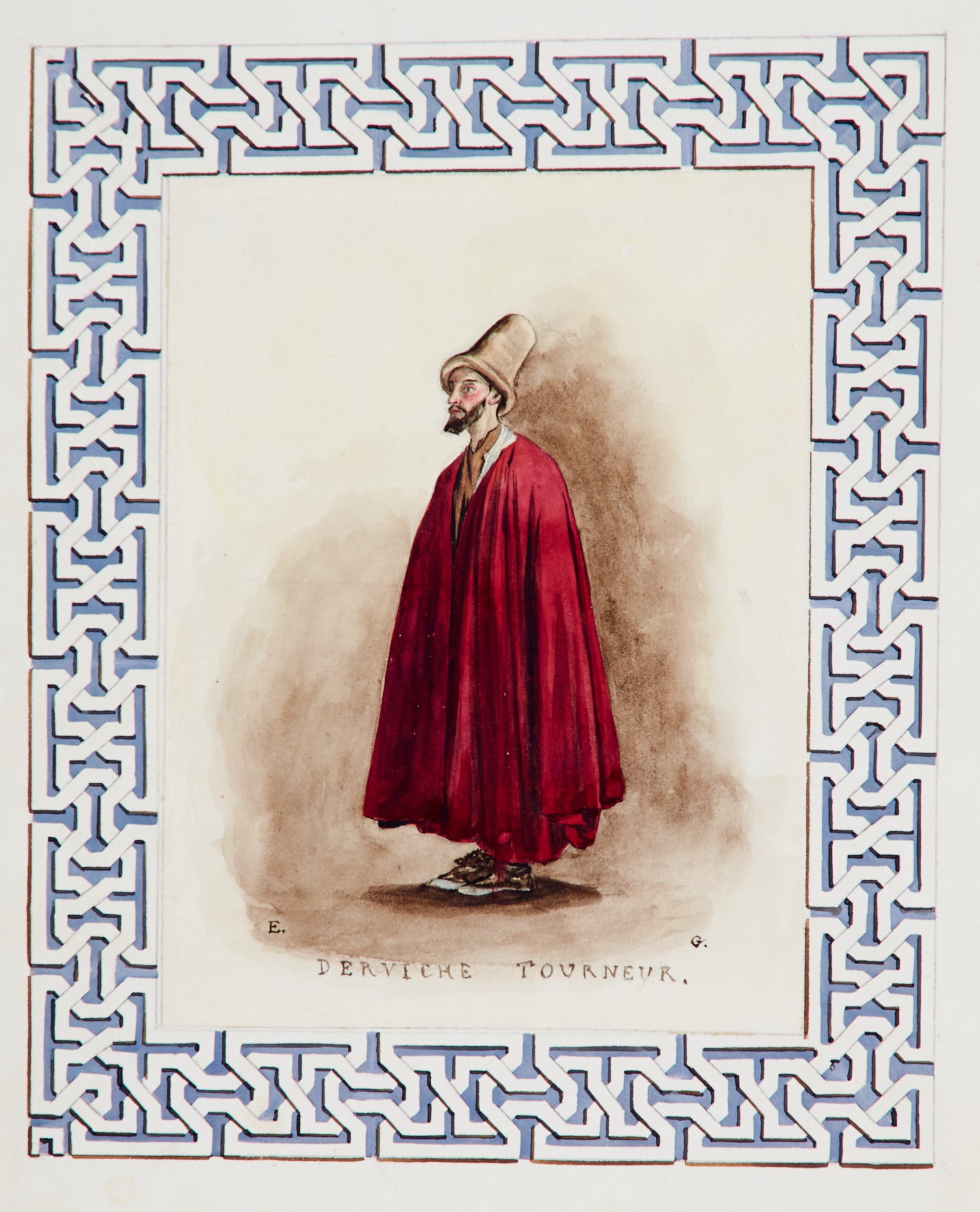
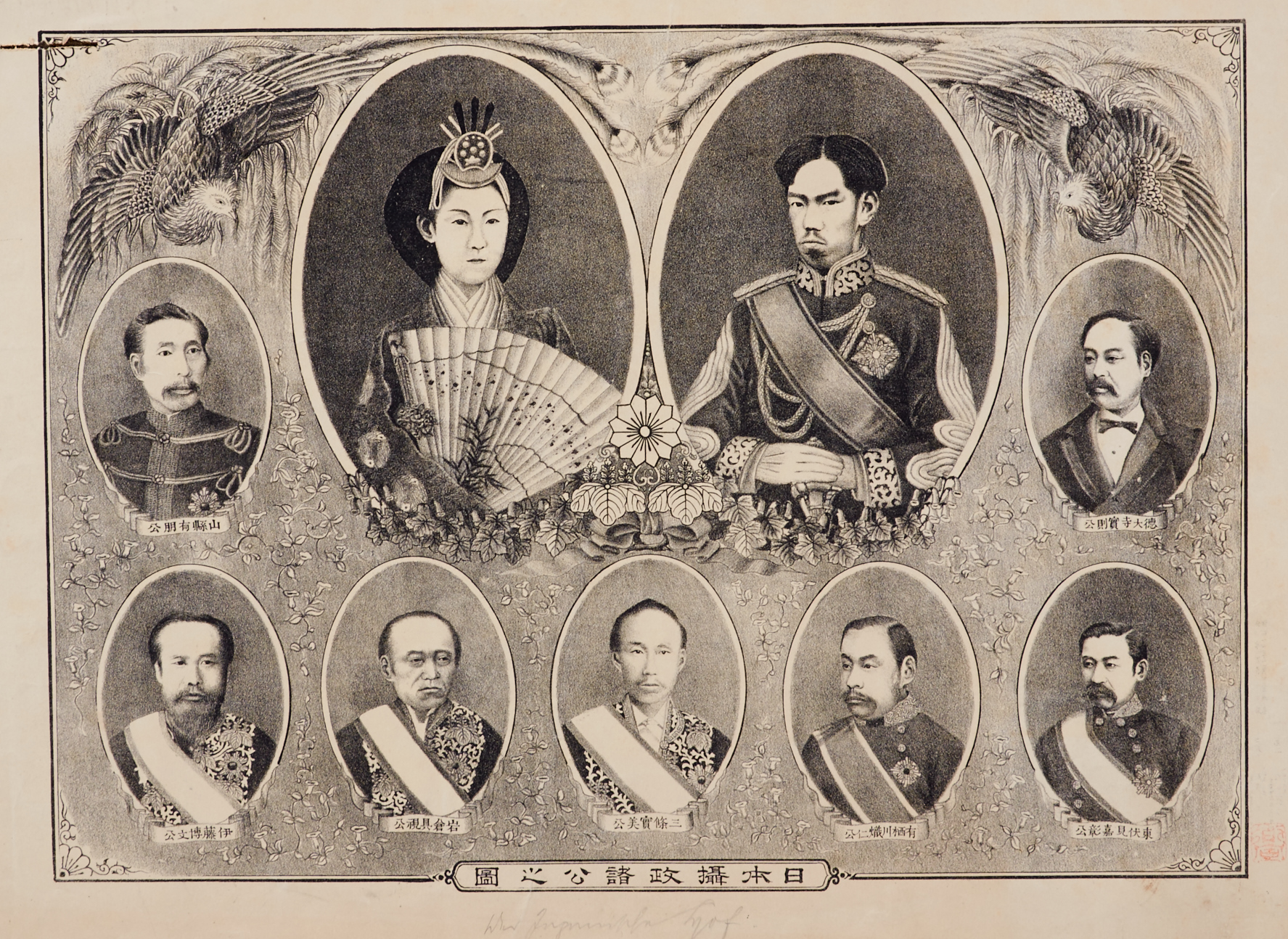
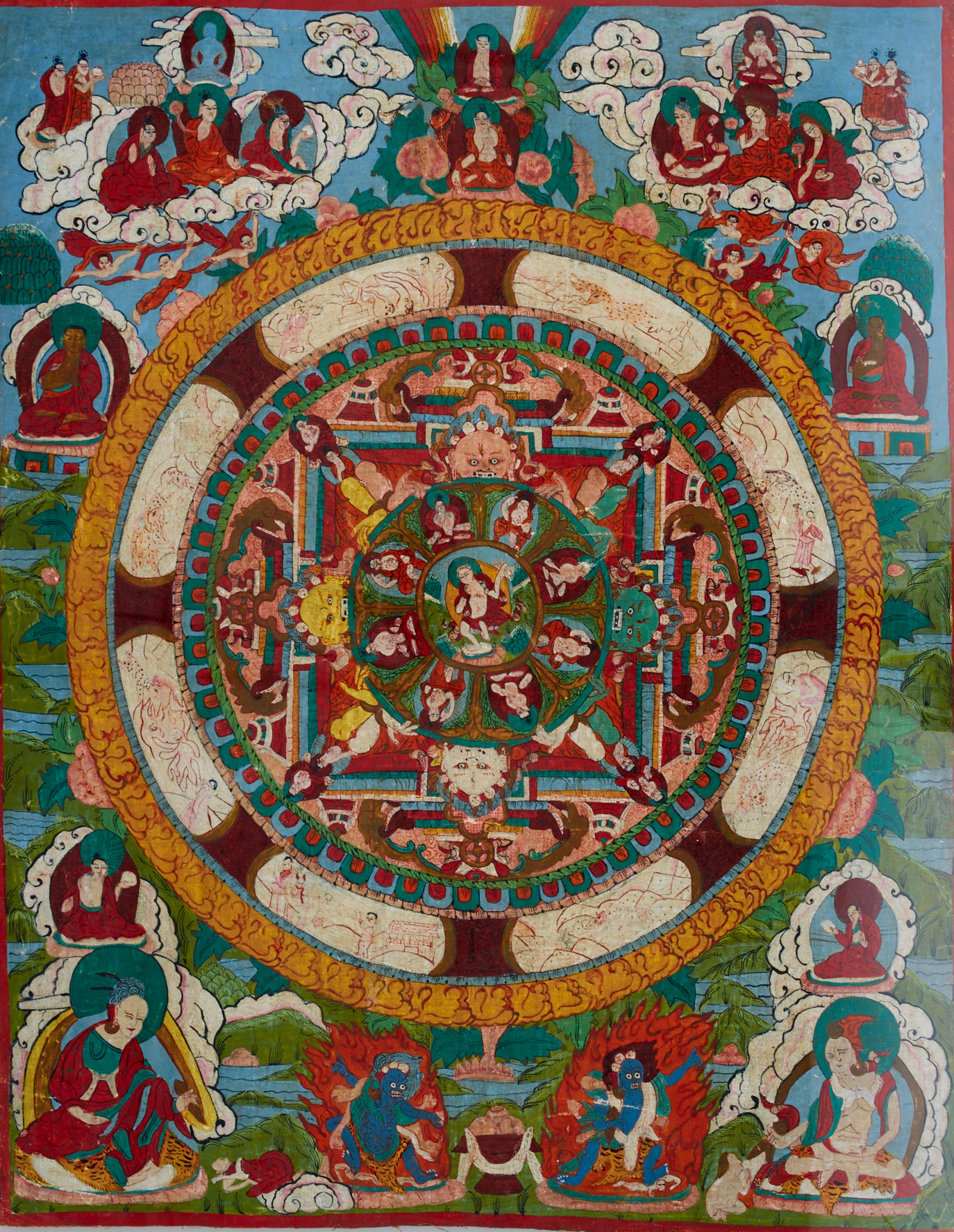
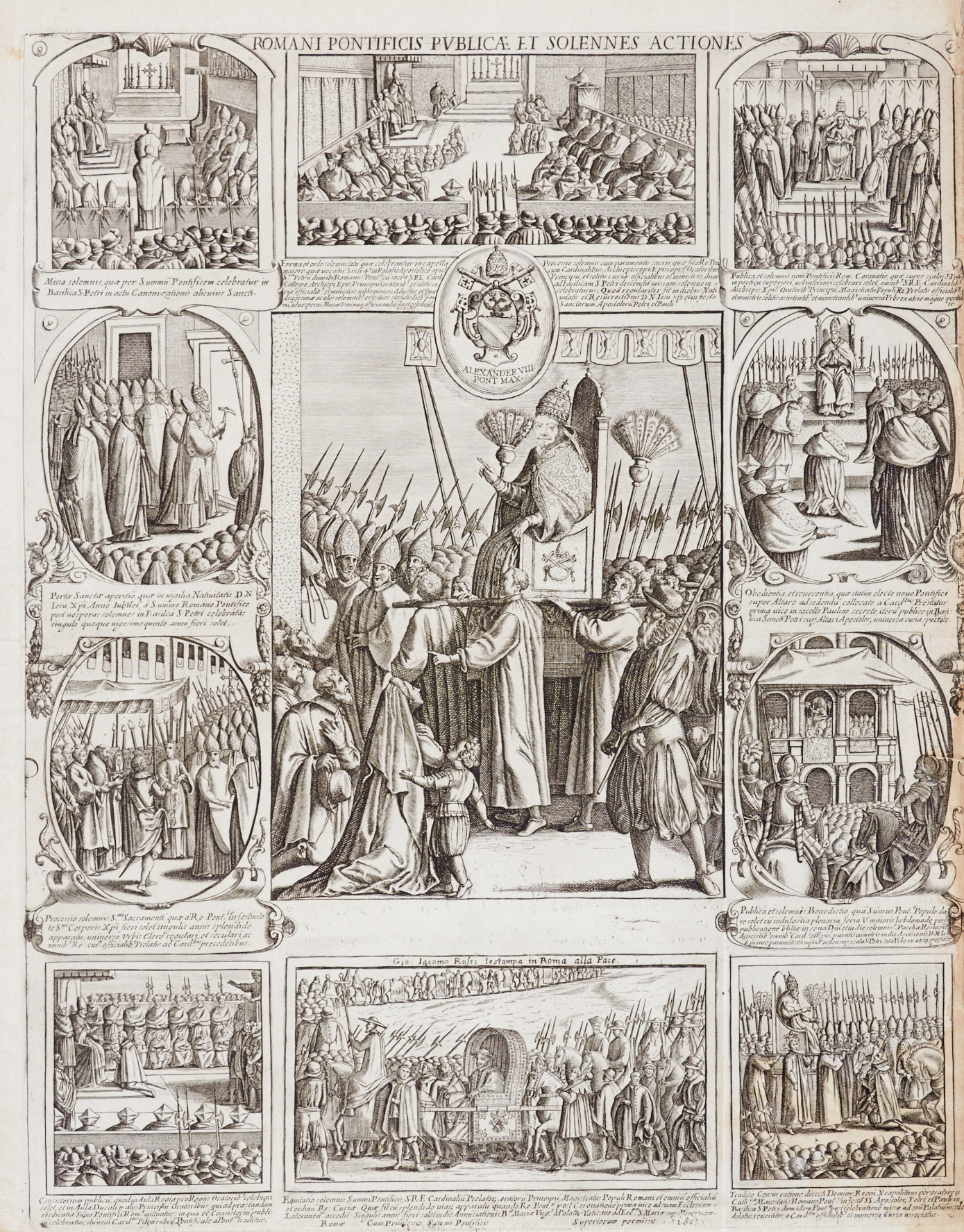
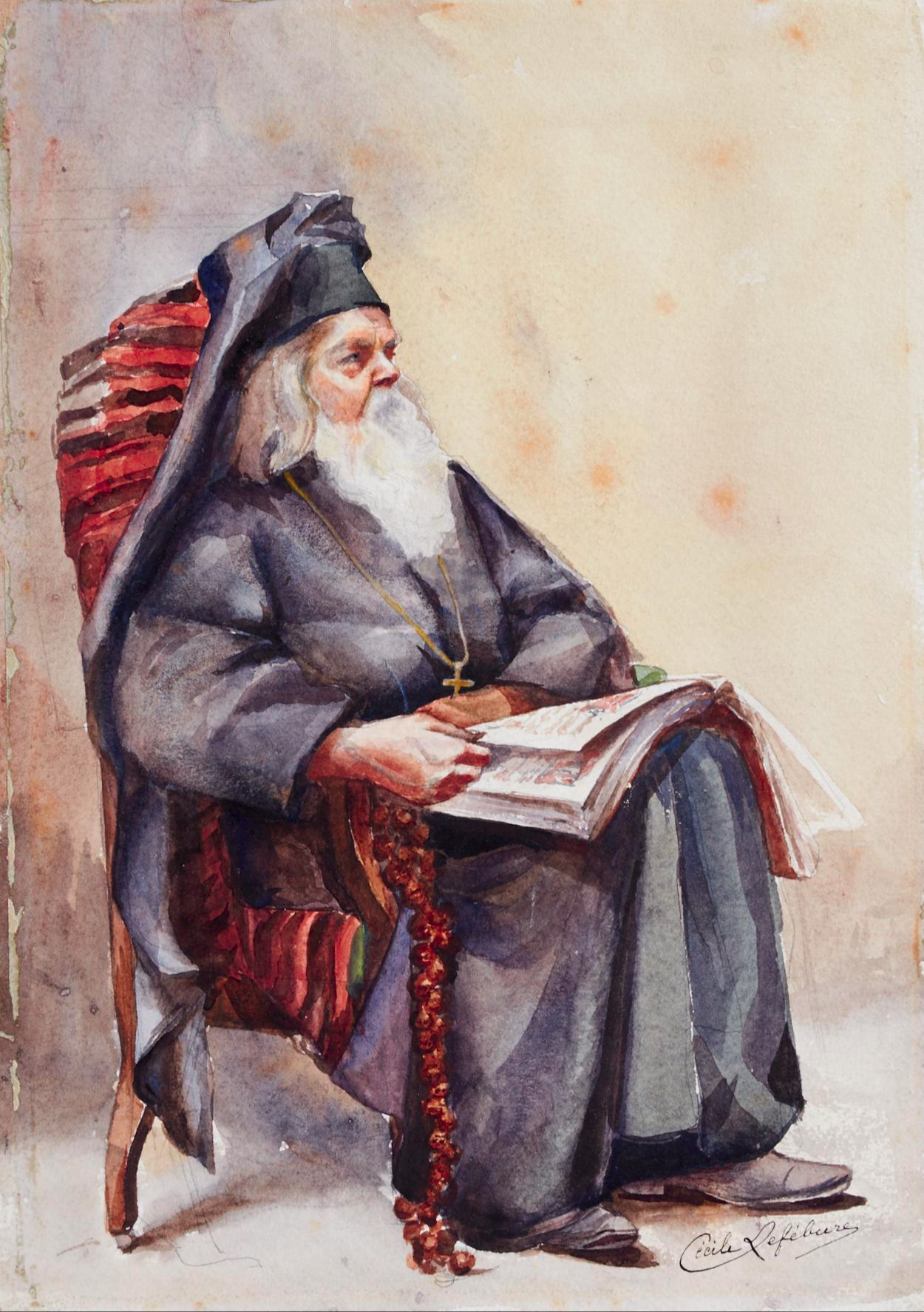
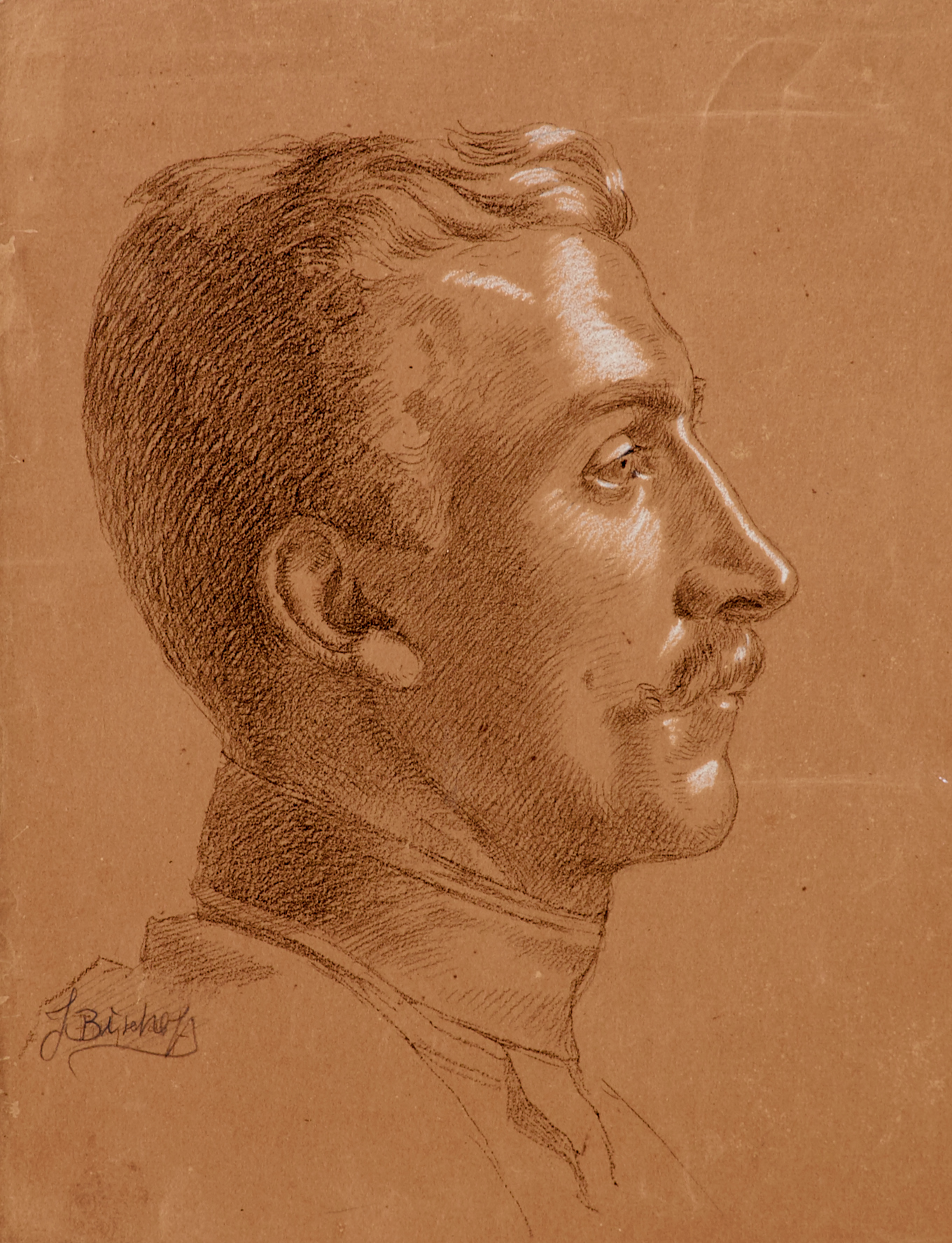
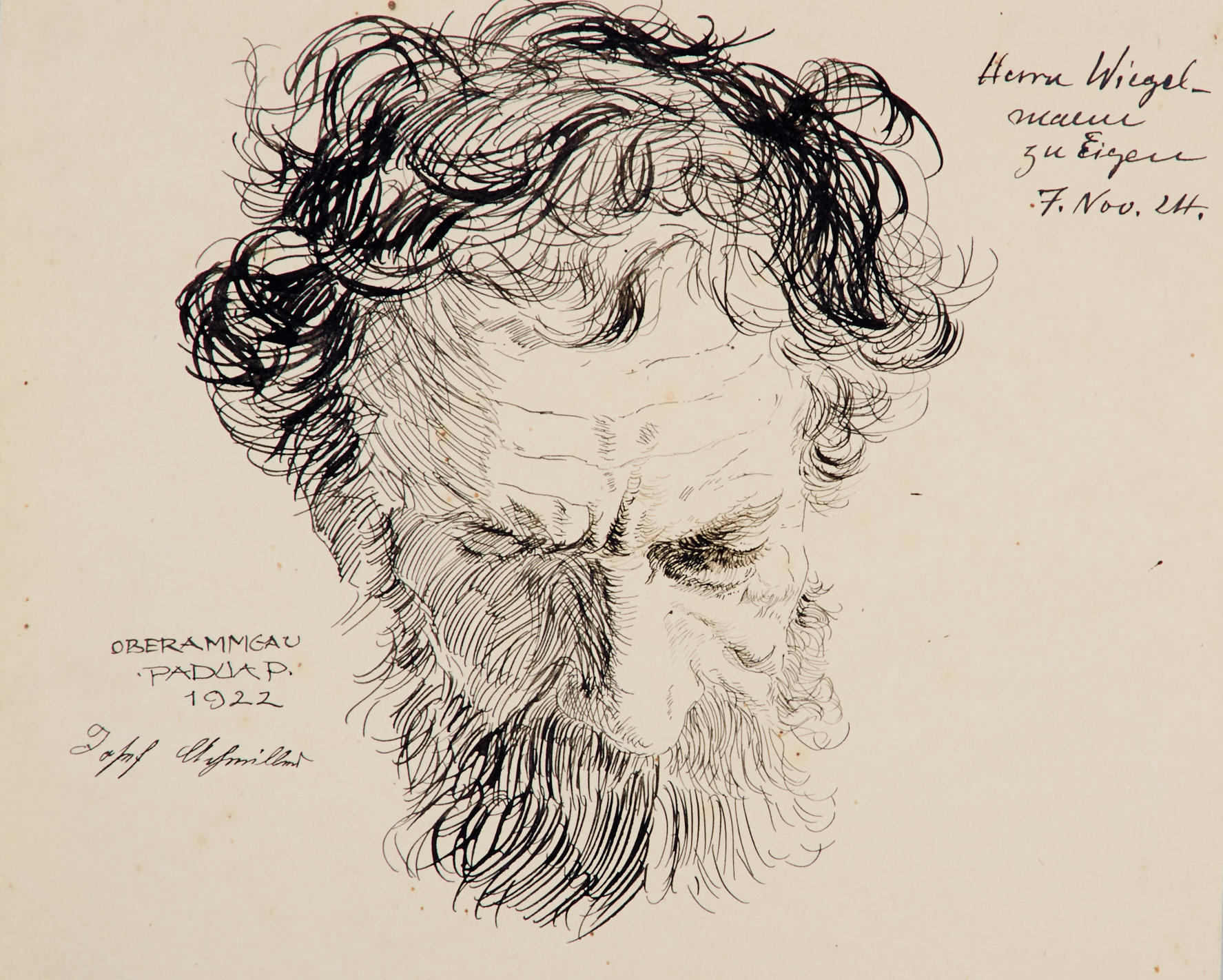
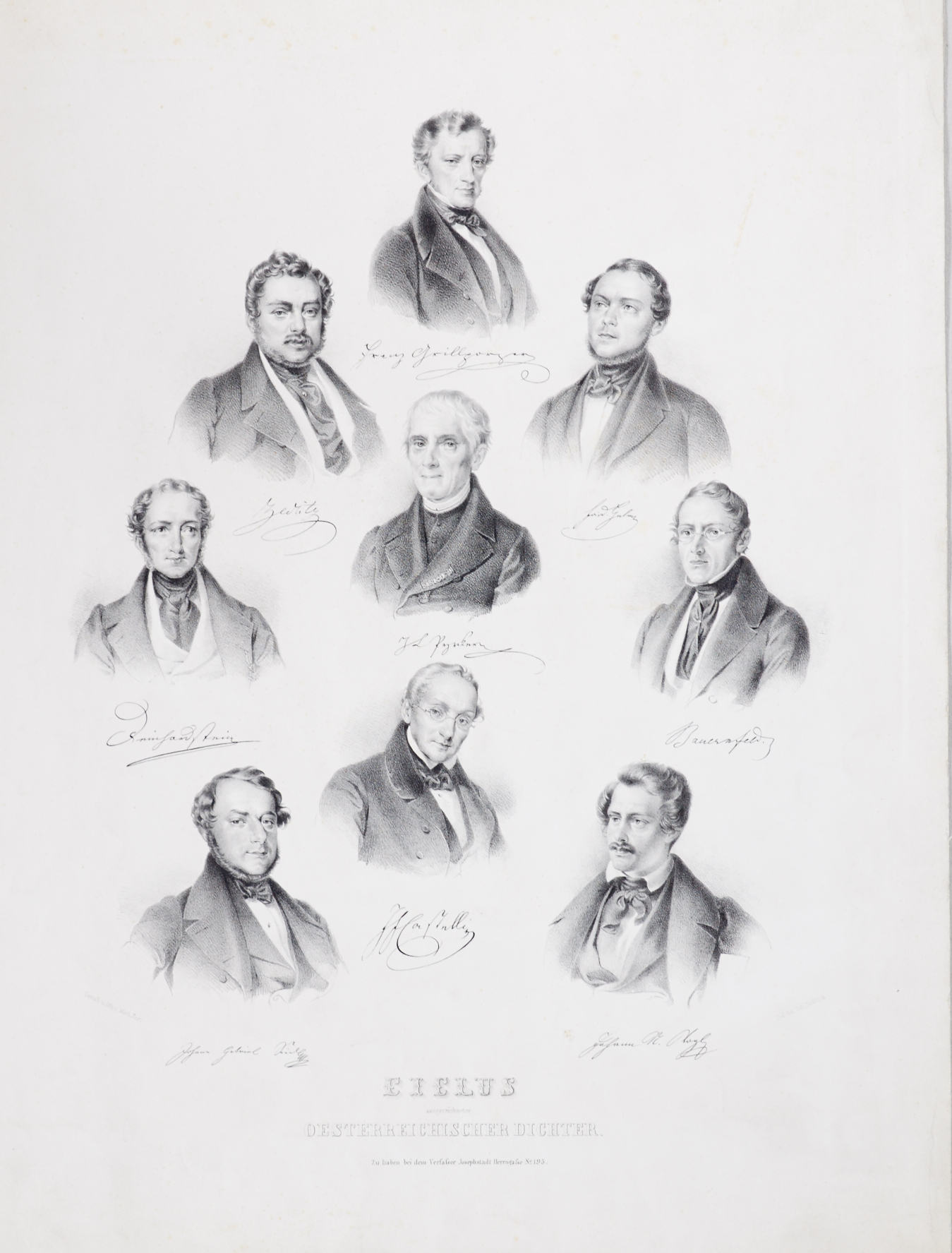
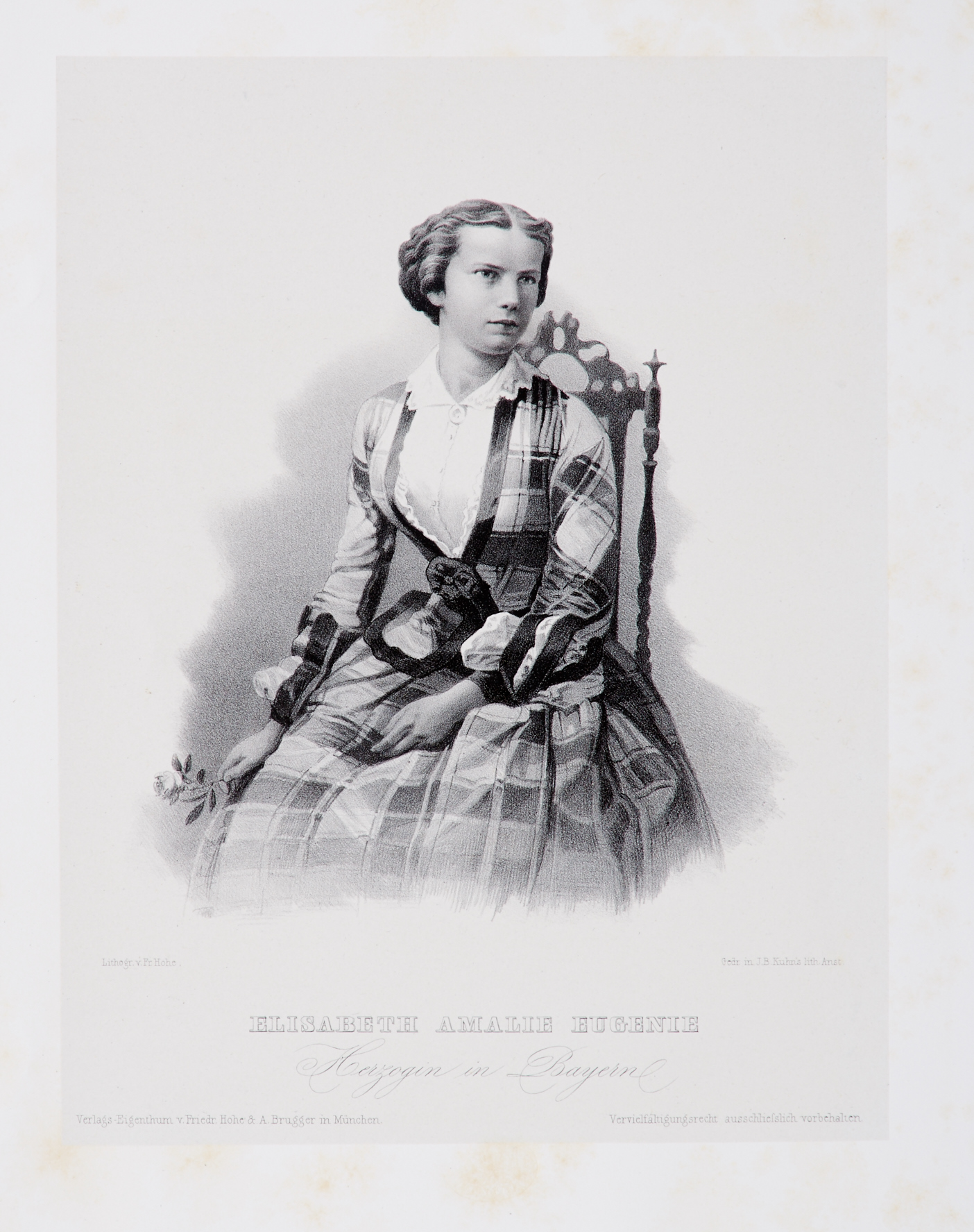
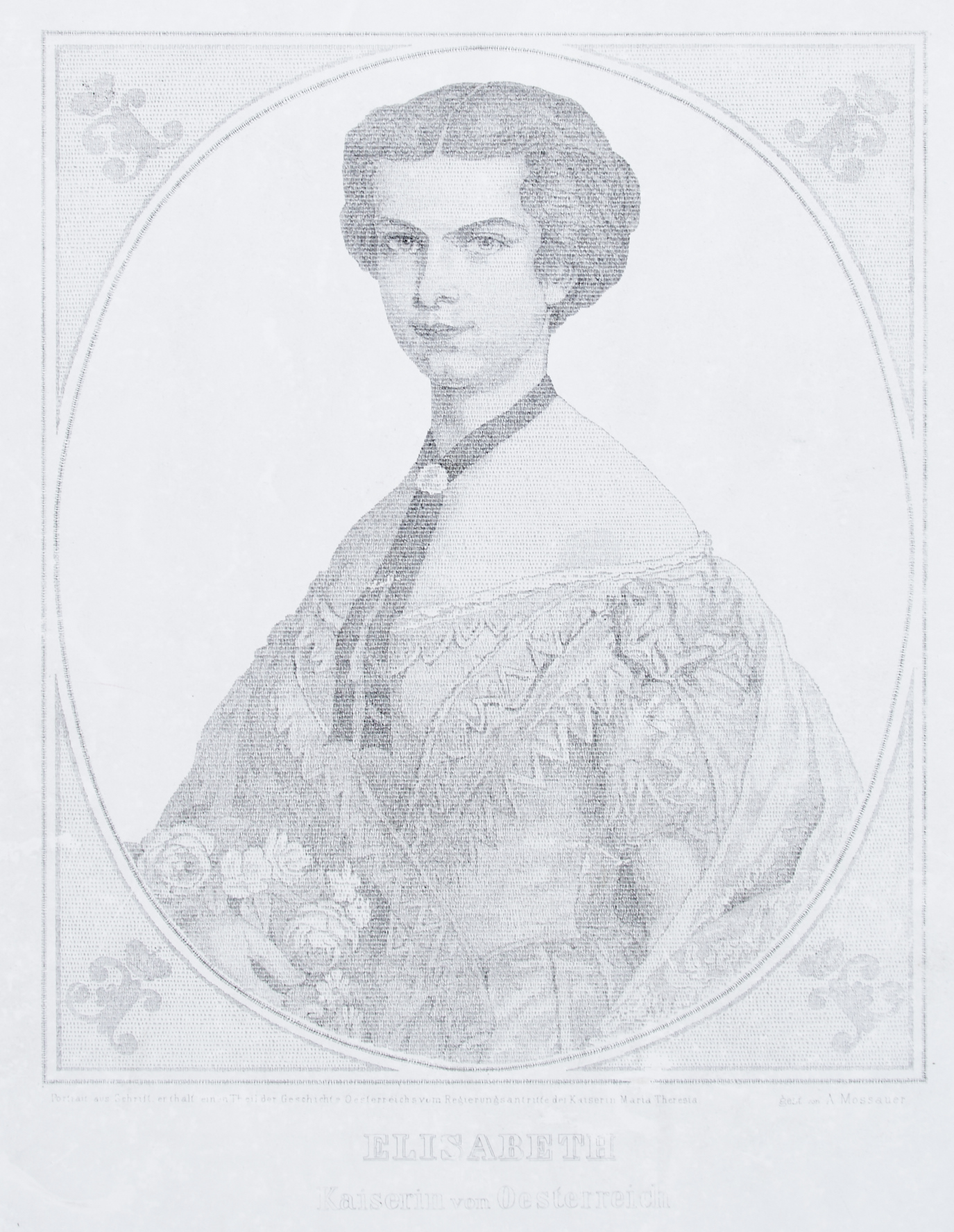
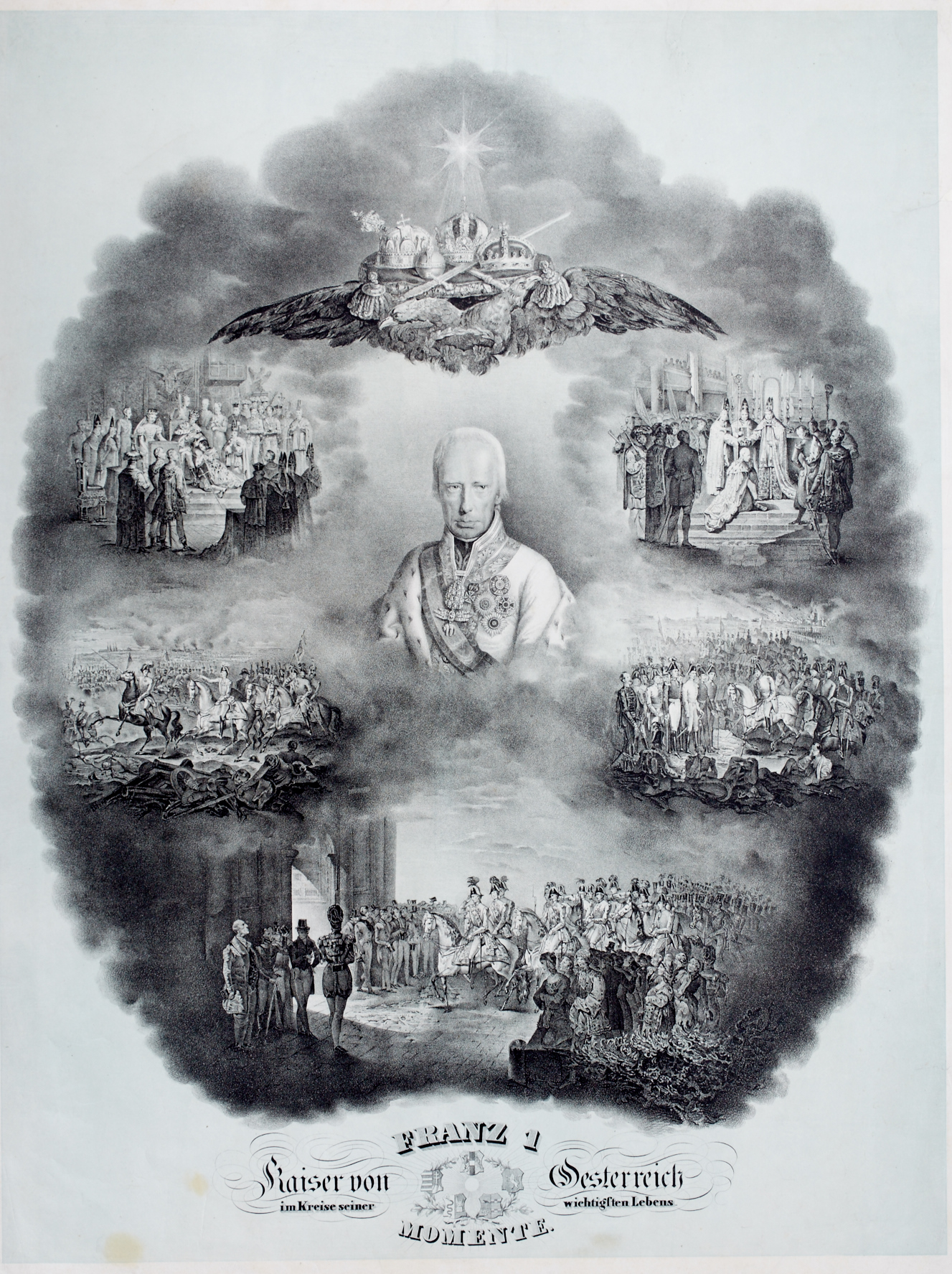
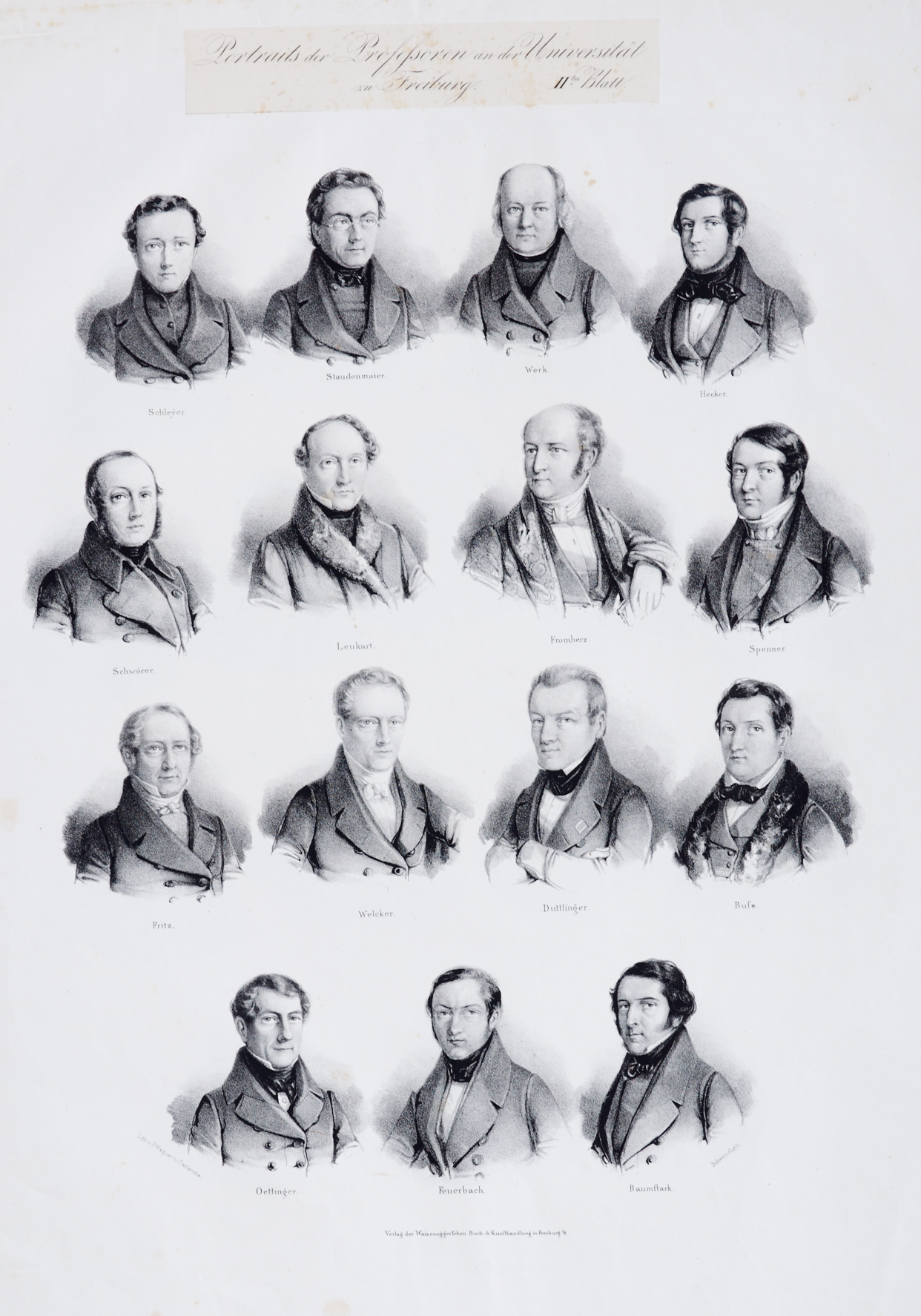

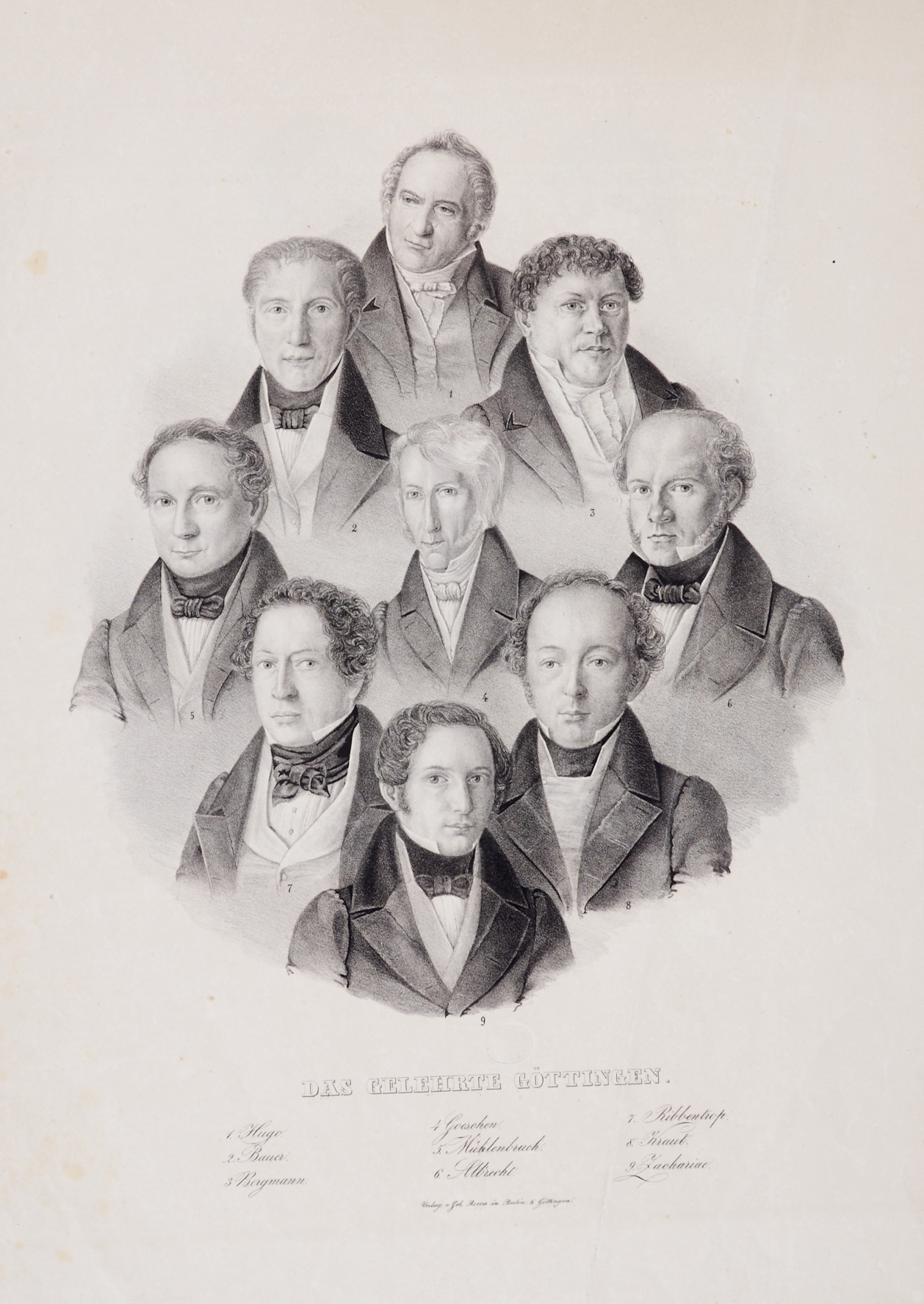
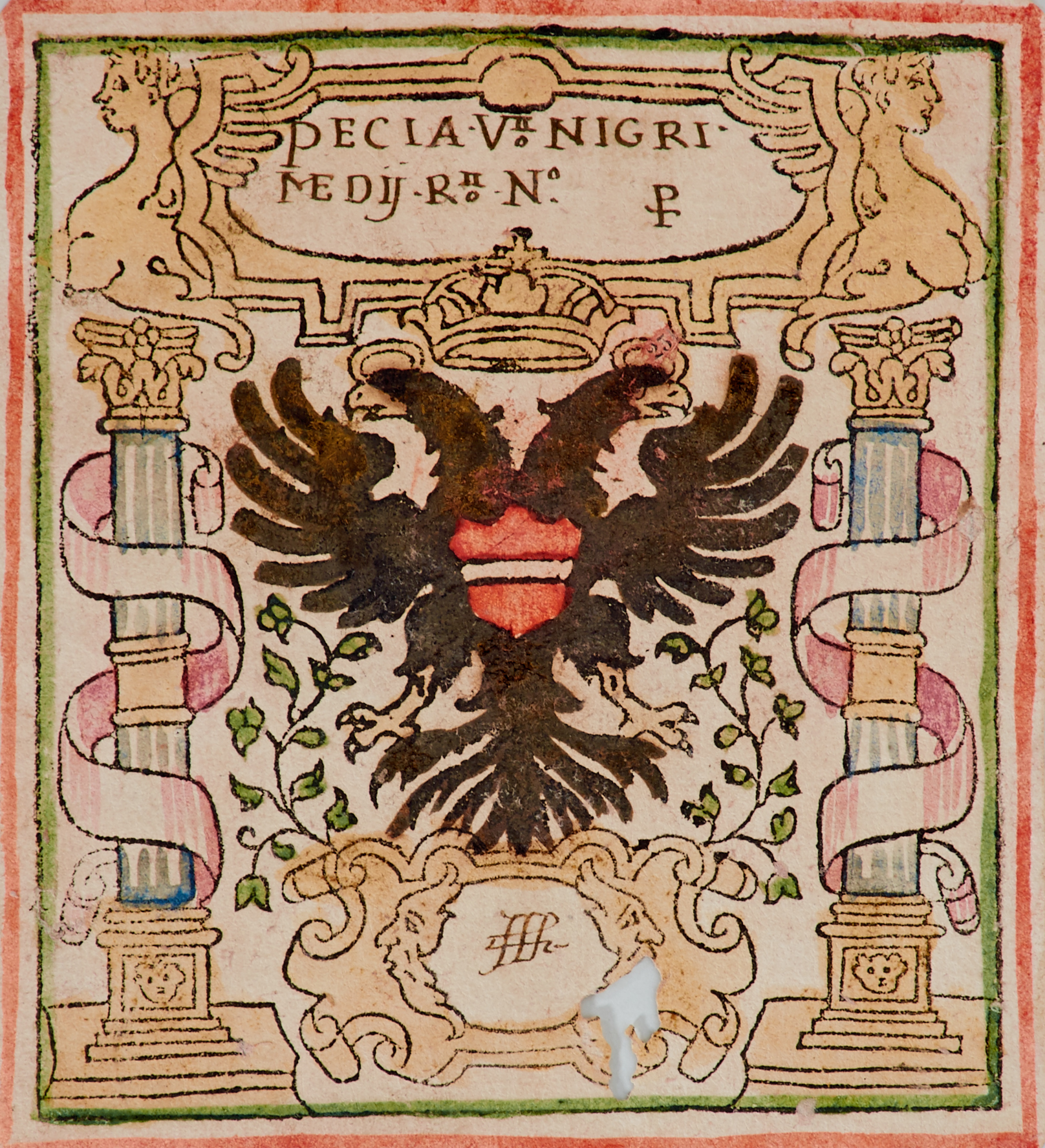
Try LotSearch and its premium features for 7 days - without any costs!
Be notified automatically about new items in upcoming auctions.
Create an alert